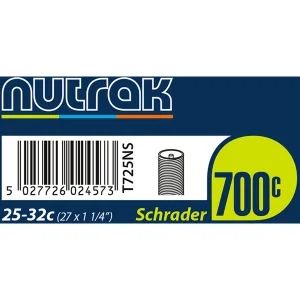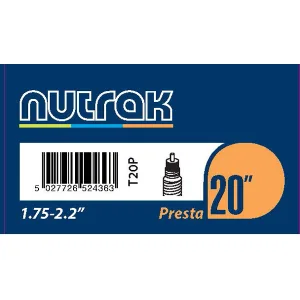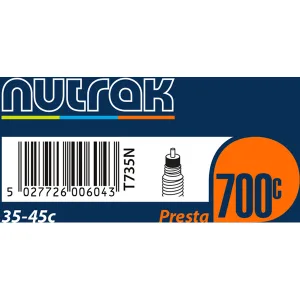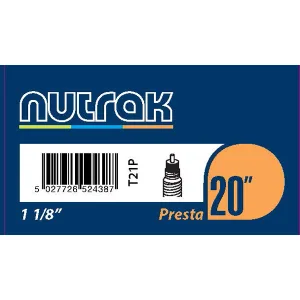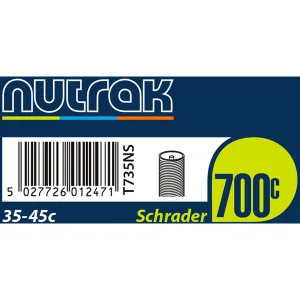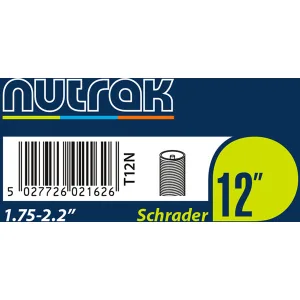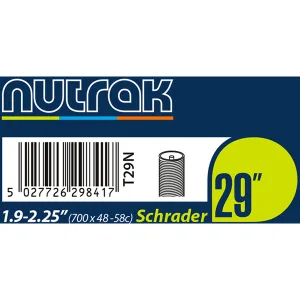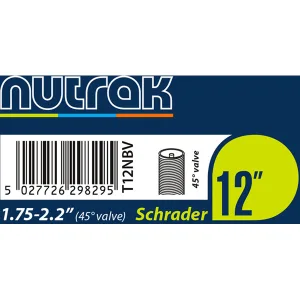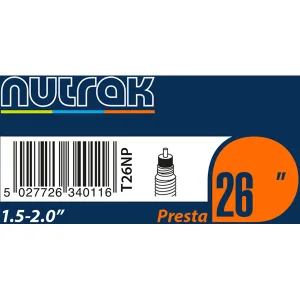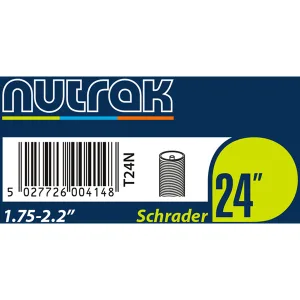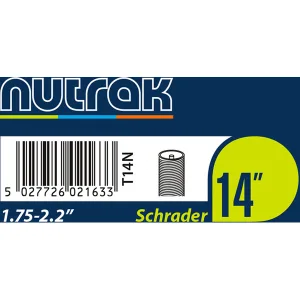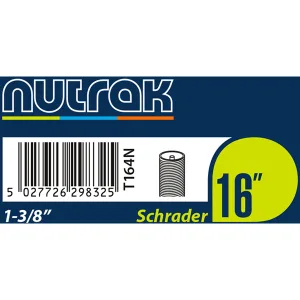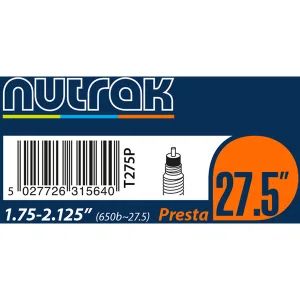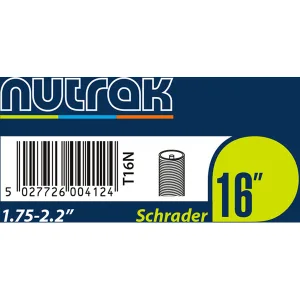Inner Tubes
Obvious to say but an inner tube is a crucial component of a bicycle’s tyre system, providing the essential functionality of holding air pressure and supporting the tyre’s structure. Time to Ride has partnered with Nutrak, a renowned UK-based brand that excels in crafting top-of-the-line inner tubes and tyres. Renowned for its unwavering commitment to quality and performance, Nutrak has cemented its position as a reliable and esteemed name within the cycling industry.
READ MORE...Key features and functions of inner tubes for bikes:
Material and Construction: Inner tubes are predominantly made from high-quality, elastic butyl rubber. This material offers excellent air retention properties, ensuring that the tube remains inflated for extended periods.
Size and Compatibility: Inner tubes come in various sizes to match the corresponding tyre dimensions. It’s crucial to select the correct size to ensure a proper fit and optimal performance. The size is usually specified using a series of numbers printed on the tube, representing the tyre’s diameter and width.
Valve Types: Inner tubes feature different valve types that allow for inflation and deflation. The two most common valve types are the Presta valve (a narrow, threaded valve) and the Schrader valve (similar to those found on car tyres). It’s essential to use the correct pump or adapter for the specific valve type.
Puncture Resistance: While inner tubes are susceptible to punctures from sharp objects like nails or glass, many manufacturers offer puncture-resistant versions. These tubes are reinforced with additional materials to reduce the risk of flats and extend the tube’s lifespan.
Installation: When replacing or installing an inner tube, it is crucial to remove the tyre from the wheel first. The deflated inner tube is then placed inside the tyre, and the tyre is reseated on the wheel rim. Proper installation and inflation are vital to avoid pinching the tube or causing it to bulge, which can lead to premature failure.
Maintenance: Regular inspection and maintenance are essential to keep inner tubes in good condition. Checking tyre pressure and ensuring it matches the recommended range is crucial for optimal performance, stability, and comfort during rides.
Environmental Impact: Inner tubes, like other rubber products, can have an environmental impact when disposed of improperly. Many cyclists opt for recycling programs or upcycling initiatives that repurpose old tubes into useful products like accessories, straps, or pouches.
Inner tubes play a critical role in maintaining the performance and safety of bicycles. Understanding the correct size, valve type, and proper installation process can help cyclists enjoy a smoother ride and reduce the risk of unexpected flats during their cycling adventures.

